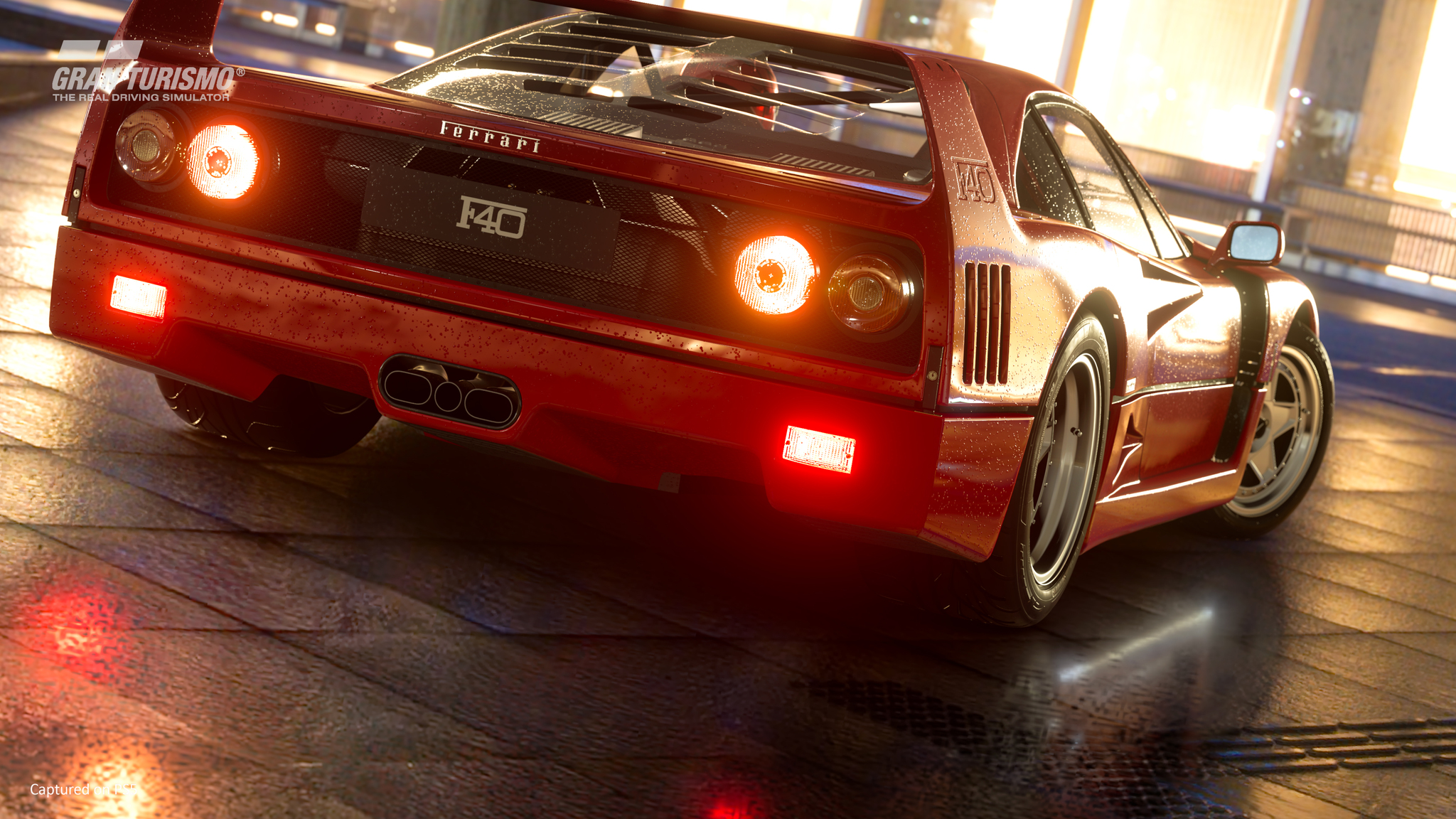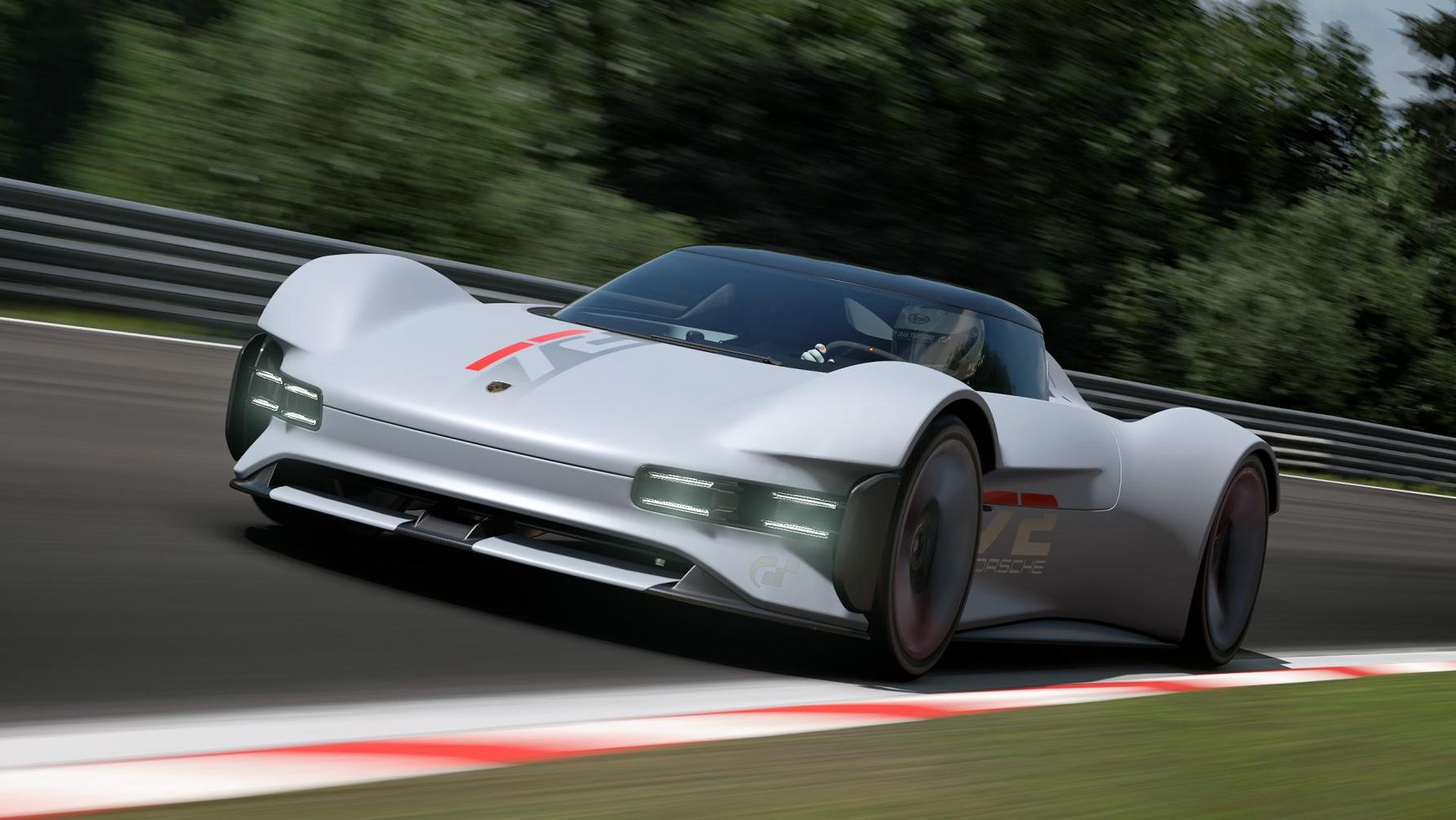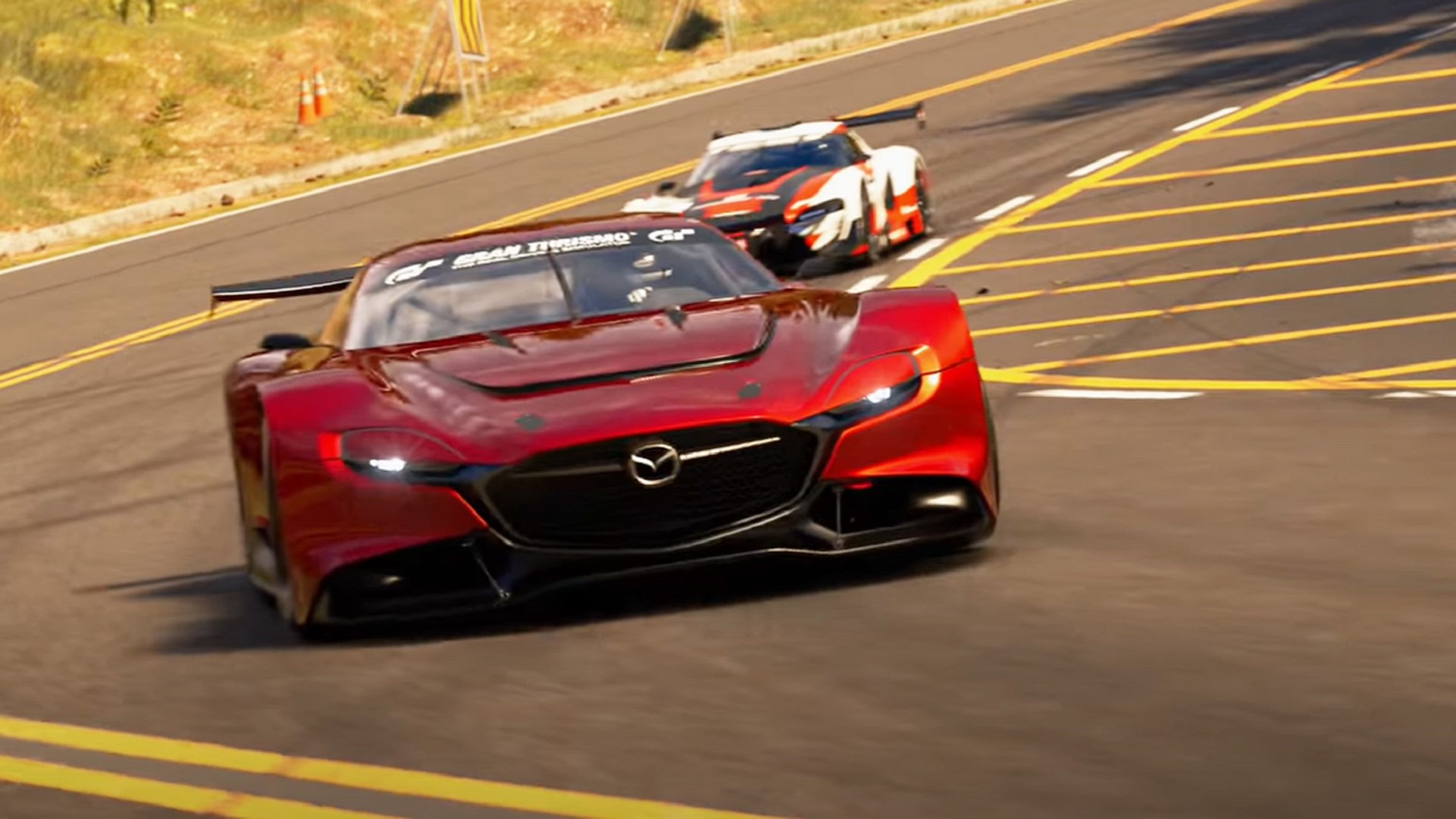
2022 proved to be a wonderful year for video games in general, thanks to highly anticipated games like Horizon Forbidden West and Stray being the great hits that they were. Of course, there was no shortage of surprise hits either, and in a similar vein a couple of highly anticipated games became subject to plenty of controversy for a variety of reasons. Polyphony Digital’s latest Gran Turismo 7 finds itself in the latter category, and for good reason.
We have covered a lot of what went wrong with Gran Turismo 7 in features prior to this one, and as it so happens when a games get scrutinized for one particular reason – many of its merits tend to get buried under the thick veneer of public criticism that comes along with bad press and negative sentiments. But now that the dust has settled and those raging discussions have cooled down, the time seems ripe to look at Gran Turismo 7 once again and see how the racer has evolved one year after its release.
To quickly recap what happened, Gran Turismo 7 was lauded by critics at launch on account of its deep simulation gameplay, impressive roster of cars, and jaw dropping visual fidelity. Considering that GTSport and Gran Turismo 6 failed to deliver on player expectations in some way or another, Gran Turismo 7 felt like a return to form for this prestigious racing franchise. But that feeling of ecstasy was short lived, because updates following the launch of the game slowed the progression of the game at launch which resulted in a ton of backlash.
The payouts for most races were slashed by a considerable margin, in turn driving players to indulge with microtransactions. Some of the best and most desired cars in the game required many hours of grinding through races to make enough credit points for a purchase. And to make things worse – these legendary cars were on a rotation cycle so you had to grind out hundreds of thousands of credits really fast if you wanted to buy one of the legendary cars currently on sale.
Almost one year later, most of these problems have been resolved with a constant flux of patches, general improvements, and monthly content updates. The payouts for races still aren’t the best, but they have generally seen an uptick in rewards so you don’t need to grind out for hours and hours on end to buy a new car of your choice. Furthermore, new higher earning races like Endurance Races have also been added which has opened up more avenues for quickly earning money in the game. Sure, microtransactions are still present in the game – but it has become much easier than before to enjoy the game while avoiding this aspect of the experience.

Another post launch patch also increased the credit limit for players from 20 million credits to 100 million credits, so you can now stock up on enough credit to buy multiple legendary cars that aren’t currently a part of the rotation. And talking about the rotation cycle, the same patch also increased the number of legendary cars in the Dealership from 5 to 10 so chances of your desired car being part of the rotation are now dramatically higher than before. In a similar vein, used car dealerships now offer 30 cars instead of 15 cars meaning you are more likely to find a car that suits your needs and taste at any given time.
Polyphony Digital has also done a great job of drip feeding new experiences to this already gargantuan game with monthly content updates. Gran Turismo 7’s featured an already large carpool with over 420 cars at launch from manufacturers across the globe, and over one year later the game has a total of 462 cars and counting. Several content updates have also added brand new race circuits which include Road Atlanta, Watkins Glen, and of course the reworked Grand Valley Circuit.
Many long-time fans of the series also presented issues with GT Cafe’s relatively brief campaign and its lack of replayability options. A post launch patch has done a great job of adding more content to this mode, and almost each monthly update brings new bonus Menu Books to the GT Cafe to go with the new cars that get added to the game. And as it stands – this mode now has a lot more meat on its bones than at launch. Furthermore, rewards for completing Menu Books aren’t limited to the first run which has made replaying through this mode a lot more worthwhile than before.

And that brings us to what is perhaps one of the biggest updates to the game till date. The February 2023 1.29 update has added a new event to the game called Race Together. This mode sees players duking it out against an opponent driver powered by Sophy, which is an artificial intelligence model developed by Sony AI. While it’s only available for a limited time as of now, this system completely changes the way we play single player races. Unlike the usual AI opponents that would be perfect with every turn and shift, Sophy imitates the behavior of a real world skilled player complete with the flaws that come along with it. Sophy also reacts to your tactics mid race, which requires you to be dynamic in your approach should you want to beat this newfound opponent.
In addition to this, the same update also brings full support for the PSVR2 platform with new additions like a VR Showroom and new Replay System. But even without those extra features, Gran Turismo 7 on PSVR2 is a much better experience that literally makes you feel like you are in the driving seat and commandeering these exquisite beasts through some of the most iconic racing tracks across the globe. Polyphony Digital has made great use of the headset’s cutting edge technologies like foveated rendering and eye tracking to deliver an experience that doesn’t compromise on the gorgeous visuals in any noticeable manner.

All of this adds up to make Gran Turismo 7 a markedly improved experience than what fans got with the launch version. Sure, it’s not without its flaws since microtransactions still exist within the game and prices of cars can change based on the real world scenario – but barring those issues, it’s one of the best racers of recent memory. Polyphony Digital’s presents its latest project with some of the best visuals on the market, and the car collection is large without skimping on the variety. The simulation takes advantage of the new platform’s increased CPU power, and adds even more variables to the mix without making the end user experience obtuse or overtly complex.
In conclusion, Gran Turismo 7 is now a game that really understands how to craft a core gameplay loop that’s sure to keep you engaged for hours and hours on end, and the developers’ sheer appreciation for the global car culture shines through every aspect of the experience, especially the campaign design. That dedication to crafting a game that caters to lovers of the sport, and the willingness to listen to the community and make changes within due time is what ultimately makes Gran Turismo 7 simply put, one hell of a game.
Note: The views expressed in this article are those of the author and do not necessarily represent the views of, and should not be attributed to, GamingBolt as an organization.














